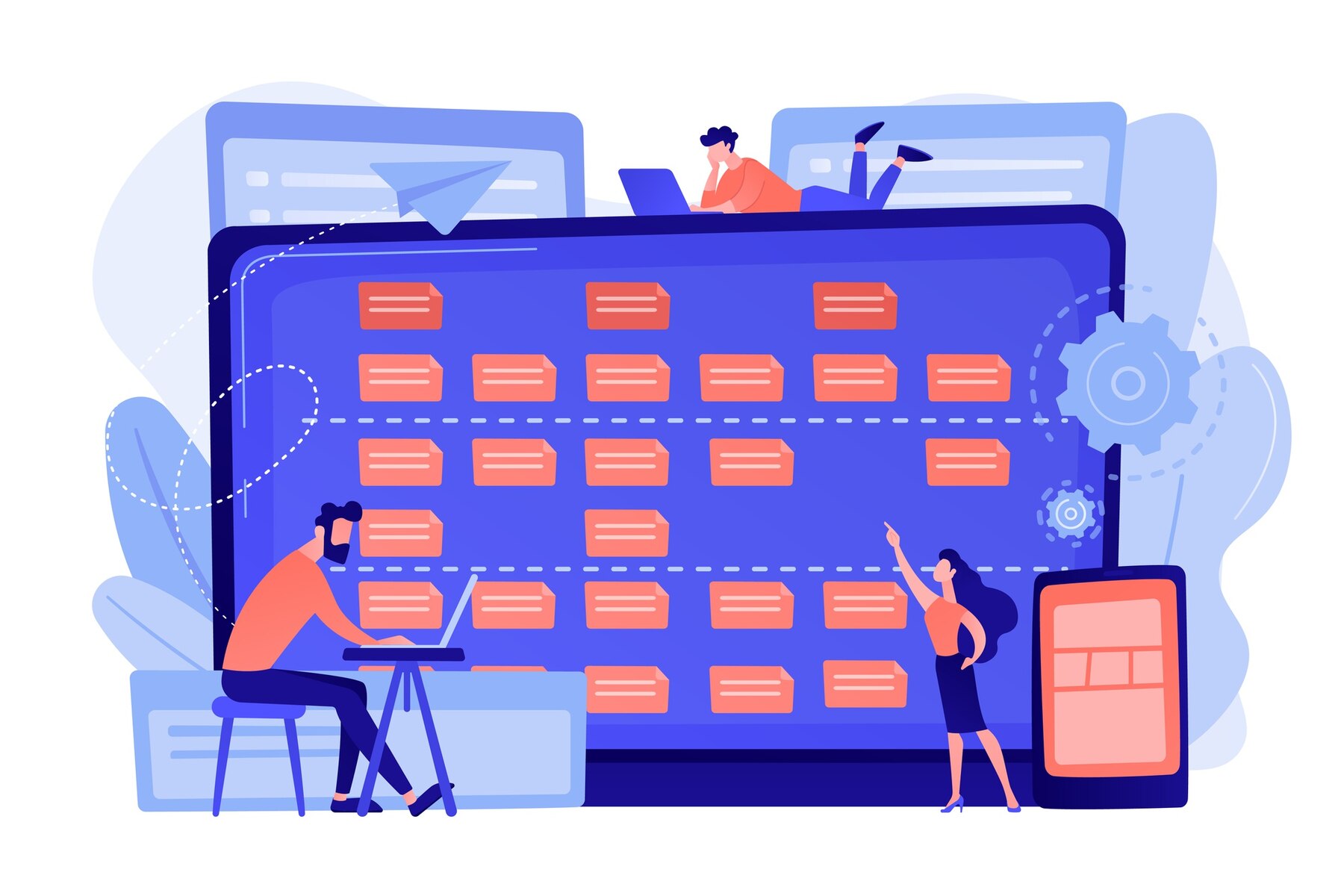“Impactful” product features are the backbone of every product-led company. “Impact” is one of the axes of the RICE prioritisation method – we revisit this valuable approach to getting the right tasks into your sprints.
Like most product companies, we struggle to triage and prioritize the mountain of tickets into sprints. Luckily at Contextual we can use our own product to add contextual help instead of making even more tickets for engineering.
Your Mobile and Web Apps are competing with other apps to get your users attention. You need each of your product features help the user get their Job Done (JTBD) – this means the right features at the right time and with minimum user confusion.
In the routine of a product-led company, user journey mapping is a crucial task in order to ensure the greatest possible user experience. As there are a lot of things to consider in user journey mapping, prioritisation helps you be more organised with your product features, and it enables your App to become more impactful.
But, (you may ask ????,) based on what criteria should you prioritize product features? A great place to start is the RICE scoring model, a prioritization framework that shines light on the value of your ideas. It helps your user journey mapping through four factors: Reach, Impact, Confidence, Effort. Together, they form the acronym: RICE.
RICE – Grain by Grain
A good prioritization framework can help you see your product features in a new light, so that you can make sure you’re making a good decision for your company. So, when you make time for user journey mapping, having a system that allows you to see your product clearly and objectively comes to your advantage. RICE helps you evaluate the four main areas of any project idea.
Reach
How many people can you reach with a new product feature in a given timeframe? Will they benefit from it? The score in this case is the number of people you estimate to be reached by the new feature.
Impact
The Impact score represents, as its name suggests, the estimated impact the new product feature can have on the people you reach. For instance, you could ask: ‘How much will this feature affect product adoption/conversion rates?’ Or, ‘How will the user experience benefit from this?’
As Impact is hard to measure, a multiple-choice scale is usually used for estimation purposes:
- 3 – massive impact
- 2 – high impact
- 1 – medium impact
- .5 – low impact
- .25 – minimal impact
Confidence
A product-led company is always enthusiastic about great ideas and implementing them when it comes to product features. However, to be more realistic, the RICE scoring model advises that you factor in the level of confidence you might have with product features and their releases. In the long run, this estimation will help with product adoption among your users.
Percentages score Confidence, as follows:
100% – high confidence
80% – medium confidence
50 % – low confidence
So, how confident are you about the reach and impact of a new product feature?
In order to achieve your product feature’s RICE score, you have to follow the following formula:
Reach × Impact × Confidence
___________________________
Effort
Why is Effort Crucial in Prioritization?
Effort is the denominator in the RICE equation. This factor represents the cost a product-led company pays when implementing a new product feature.
To quantify Effort in this score model, you estimate it in the same manner you do with Reach, Impact, and Confidence. In this case, Effort is estimated by analyzing the work one team member can do in a month.
The highest possible Impact with the least possible Effort is desirable when it comes to product features and their releases. By minimizing the time and human resources you put into a feature release, you gain them back for other areas of your product.
Effort is the most important out of the four RICE factors, as it can make or break a good idea. If you have great Reach and Impact, but the feature you envisioned requires most of your team and a significant amount of time, it might be better to rethink the idea or to use a different approach for it.
How to Minimize Effort?
That’s an easy question to answer: use Contextu.al!
Of course we jest – there is so many features you have to implement and those require solid development work. But Feature Announcements and Guidance – in fact all elements such as videos that deepen user engagement can be helped by using Contextual.
We strive to deliver product-led growth through announcements, guides, tips regarding product features, the onboarding process, and even feedback!
With Contextu.al, you wouldn’t have to worry about hard-coding, because the Effort on your part would be minimal. Your top priorities are even higher priorities for us! Putting more effort into implementing new releases is the thing of the past with us.
As an added bonus, with Contextu.al, the Impact and Confidence are also increasing. How, you ask? With us, you can get rapid feedback and measure results in no time. This will give you and your team the confidence to implement the desired changes later by hard-coding.
If you want to make your app fly, don’t hesitate to book a demo with us today! You won’t regret it.
Image Credit.



